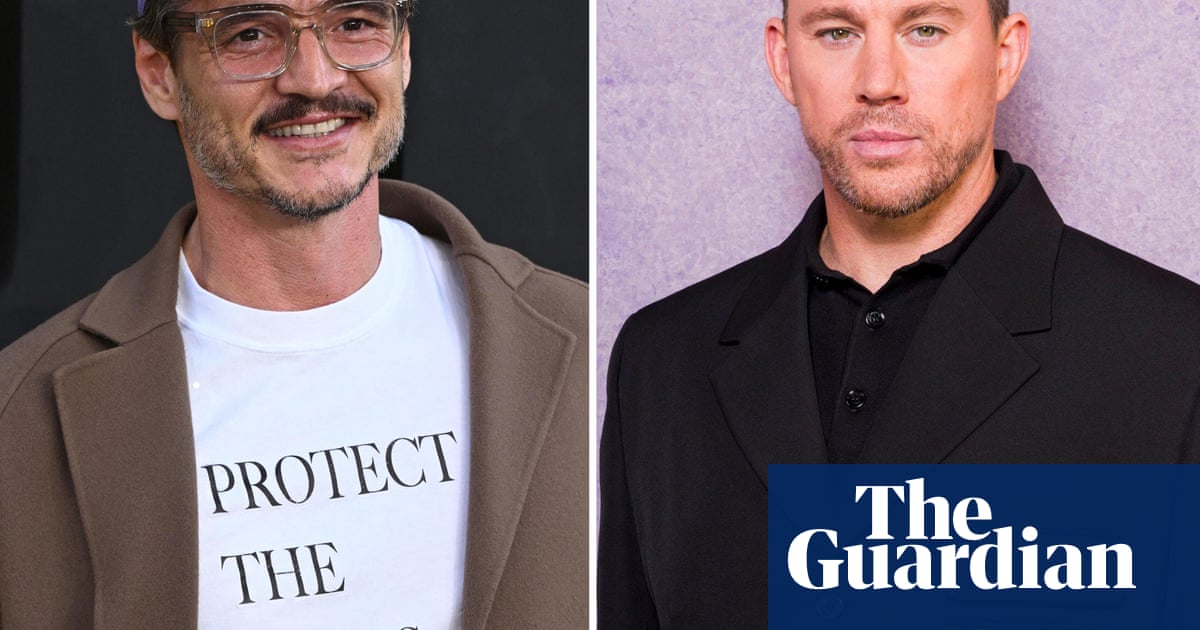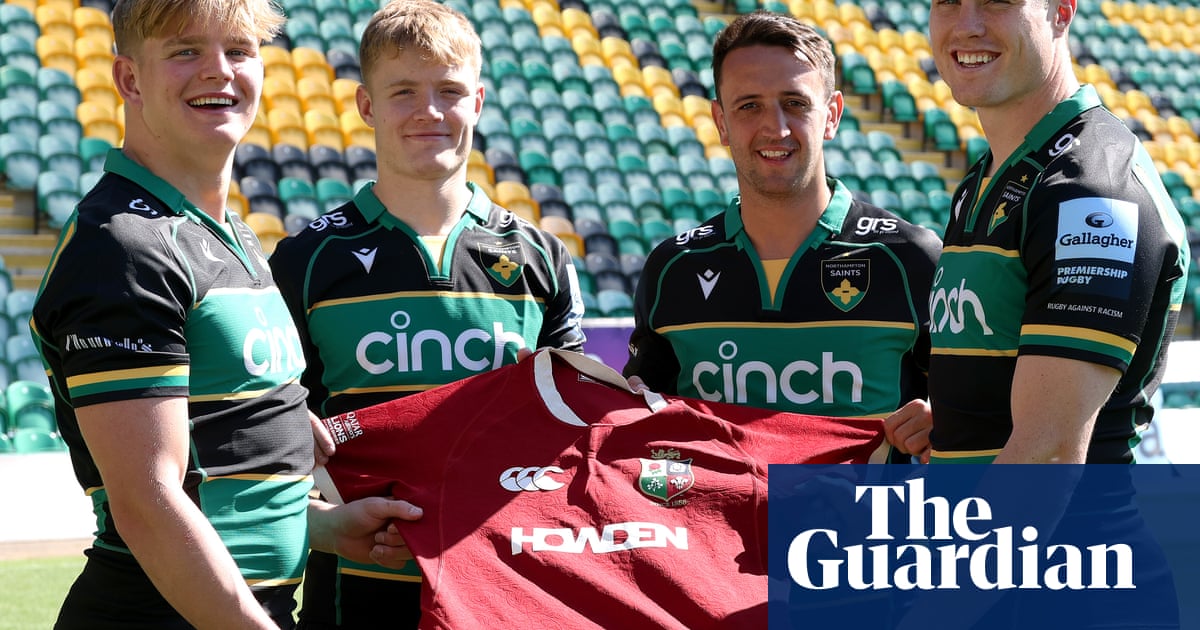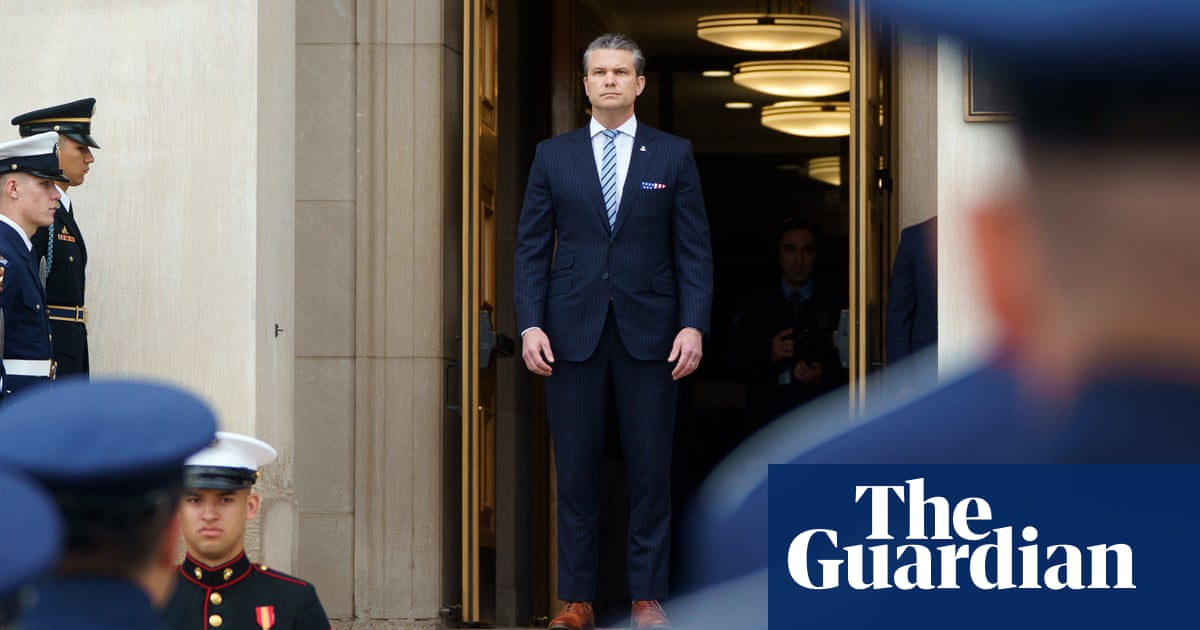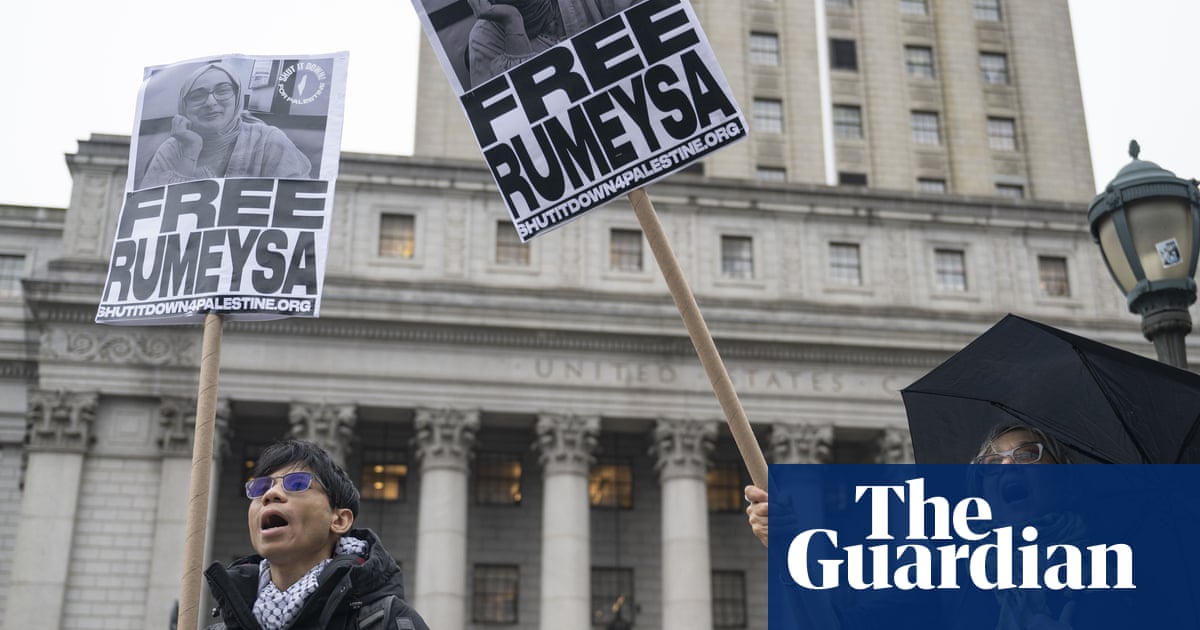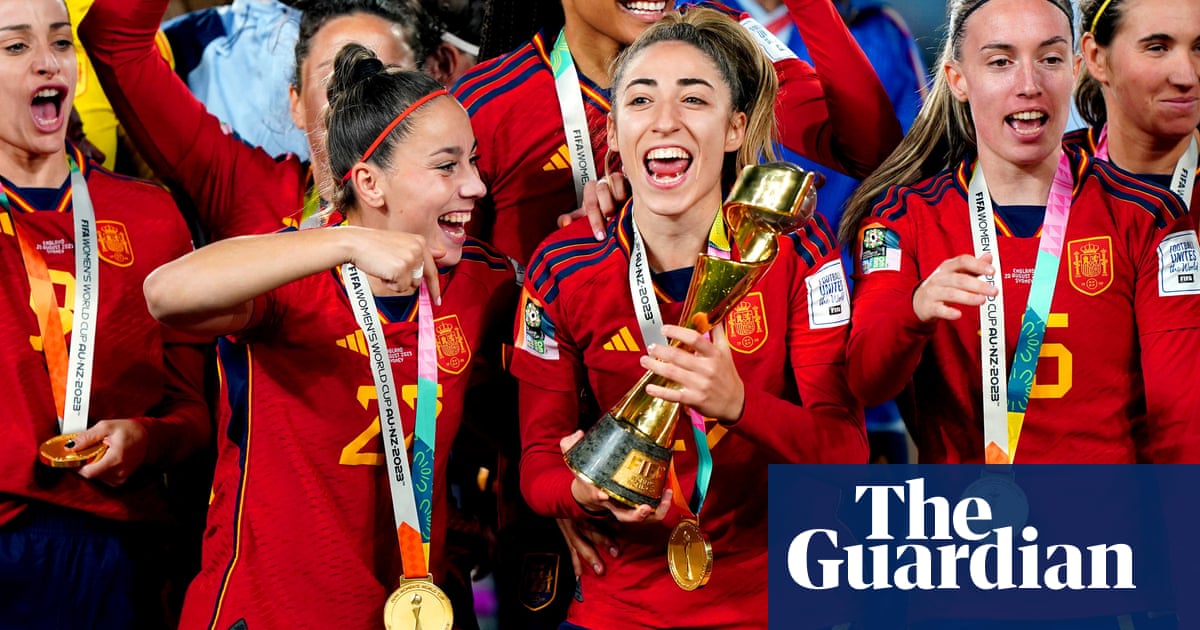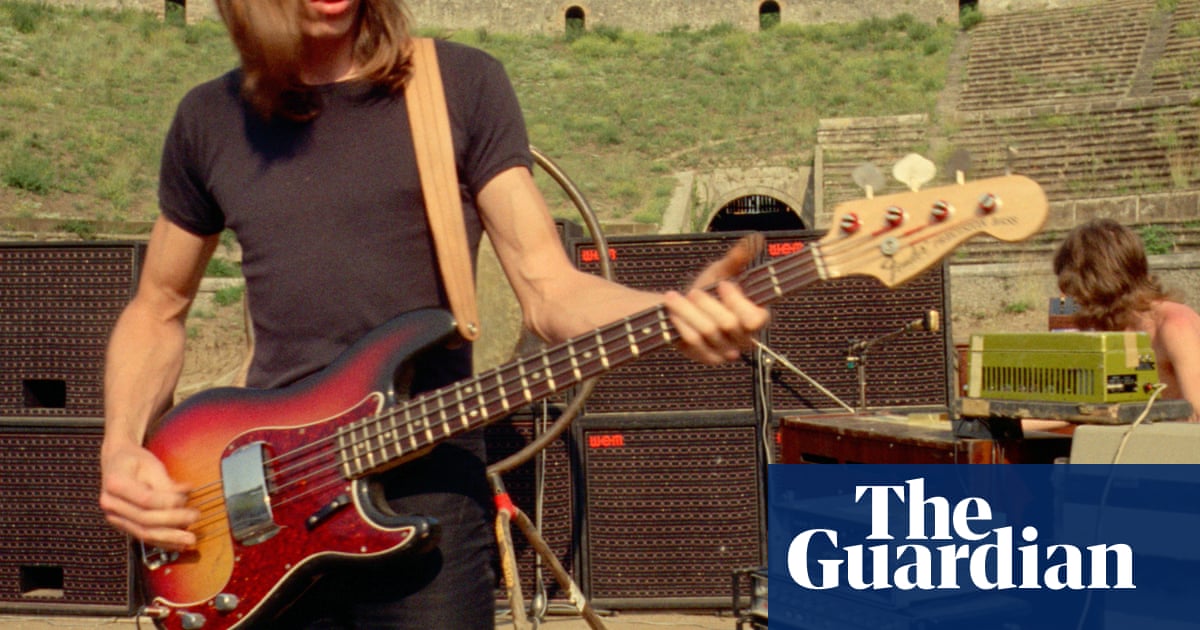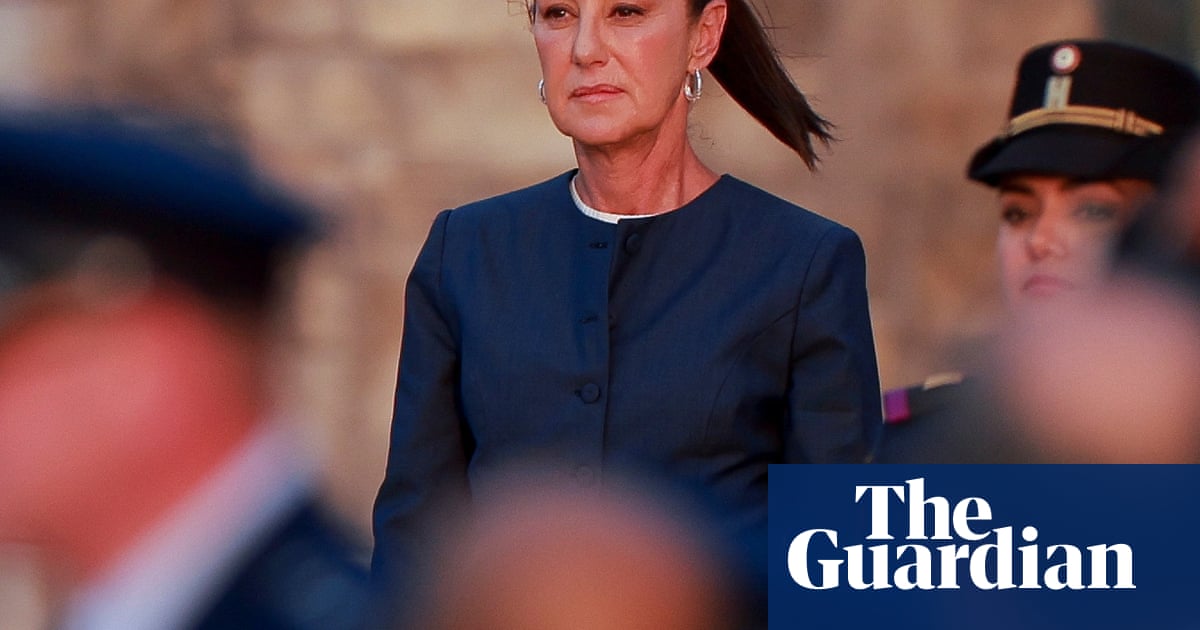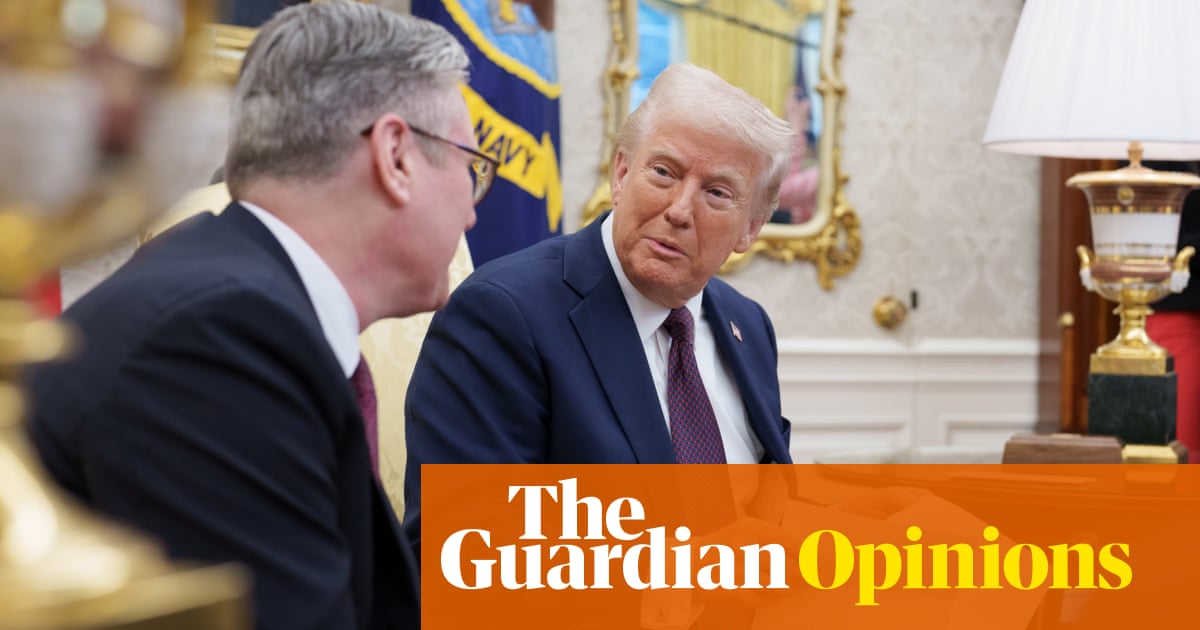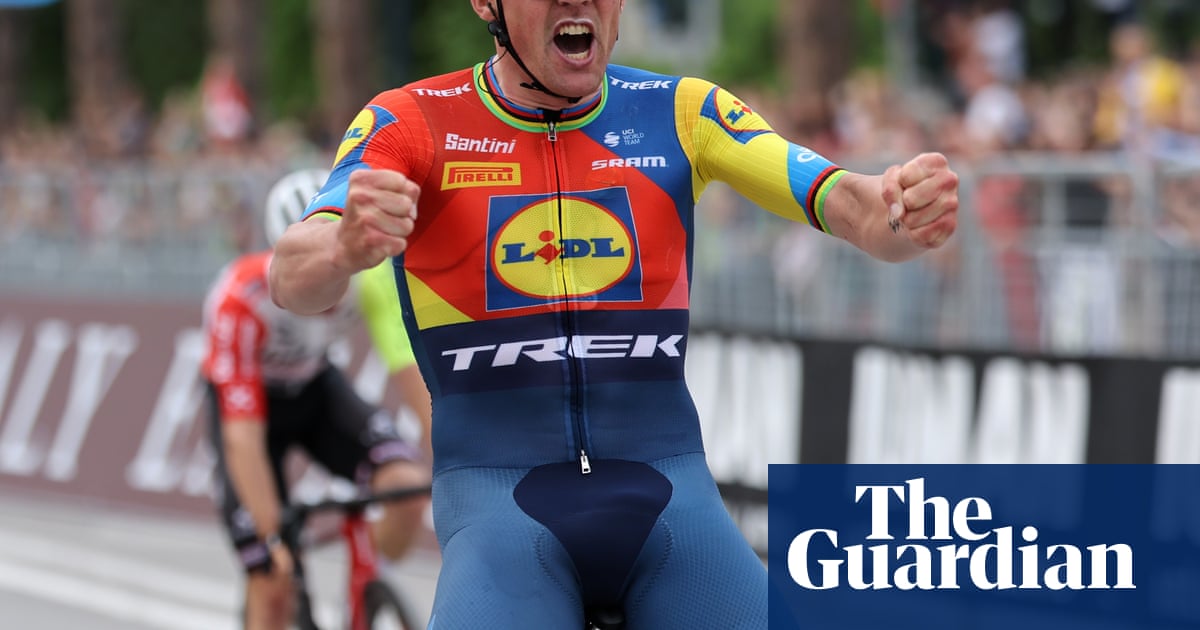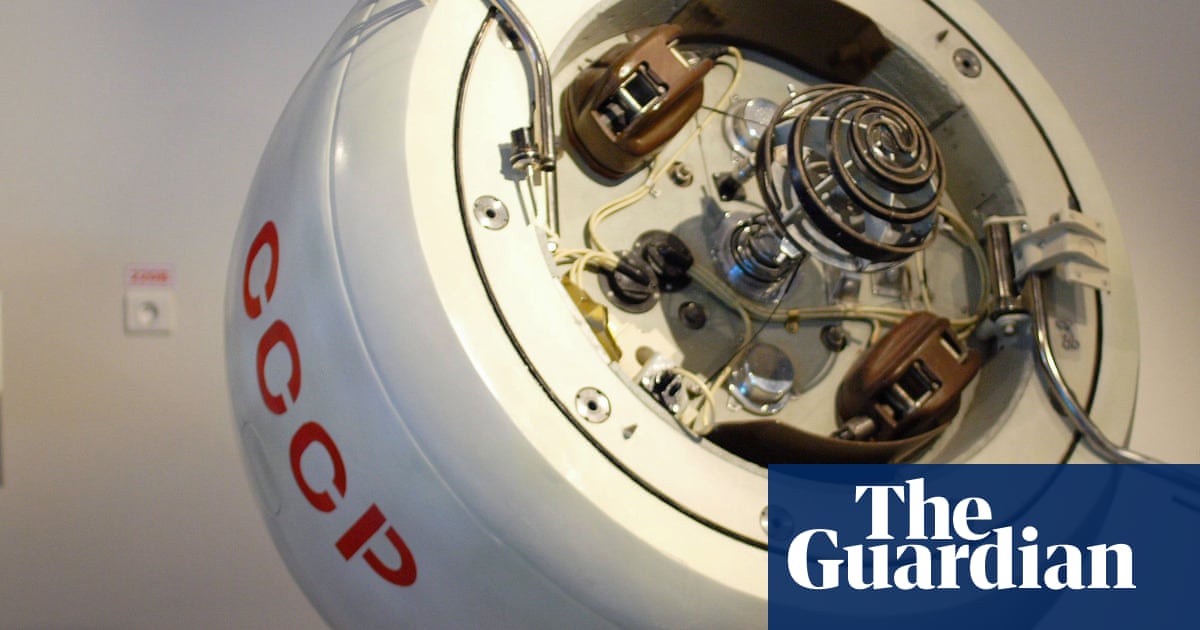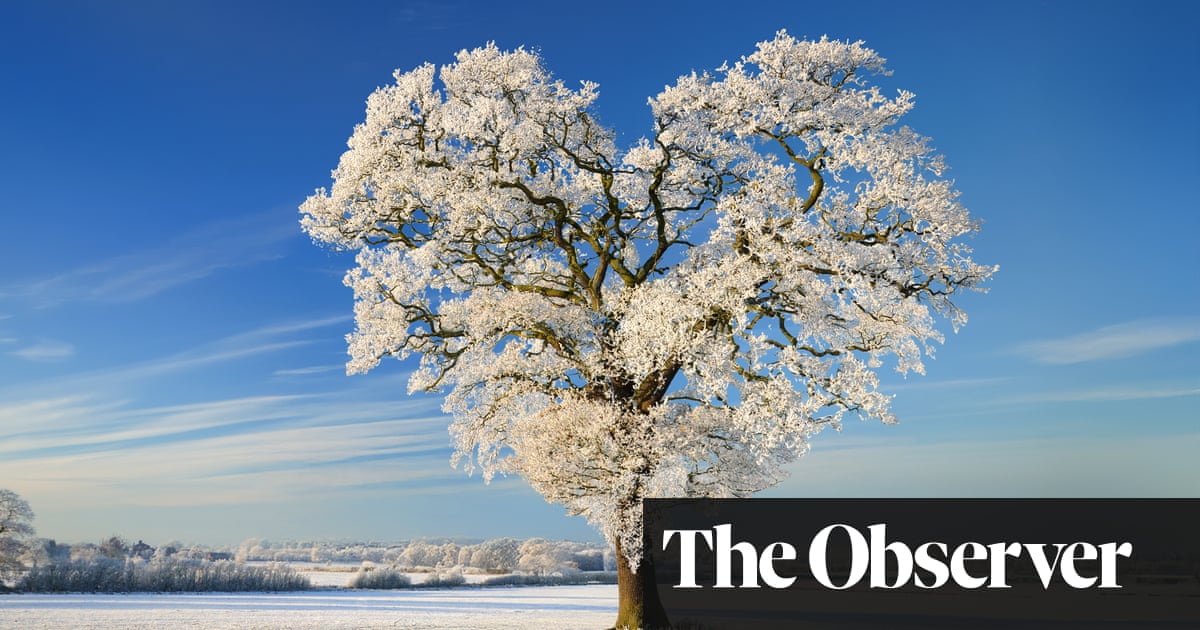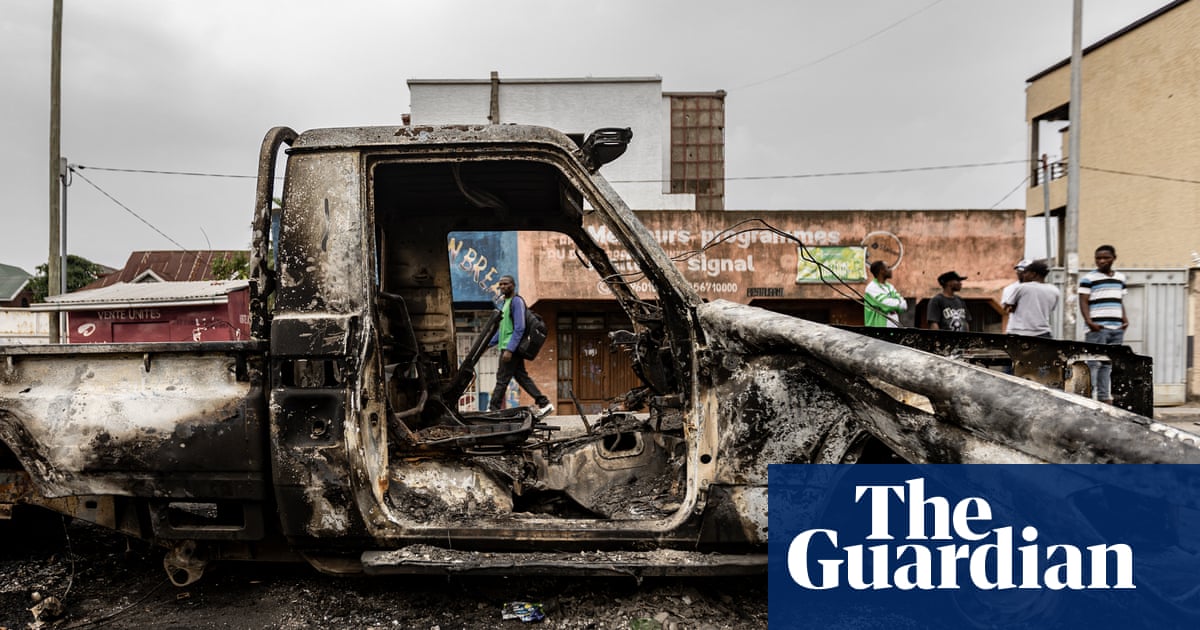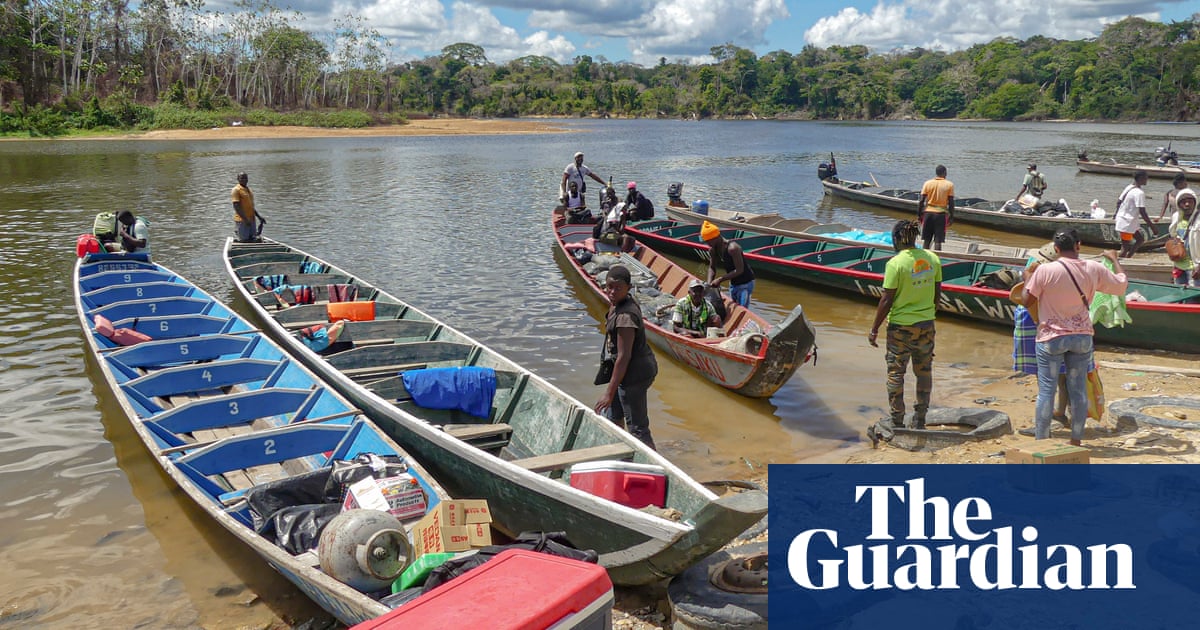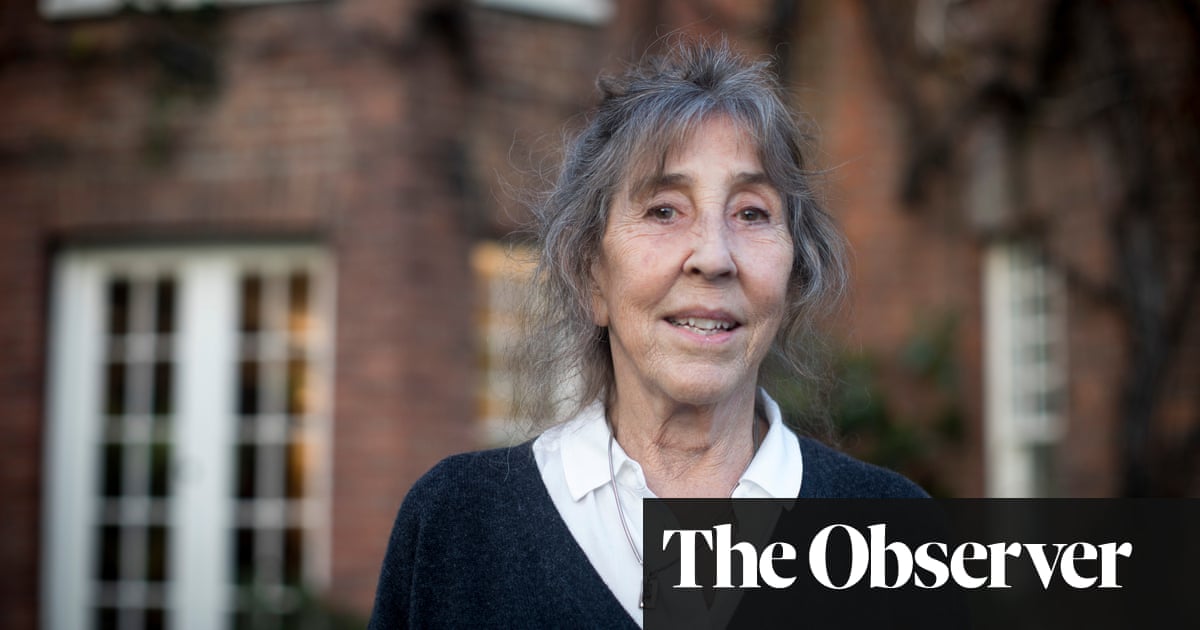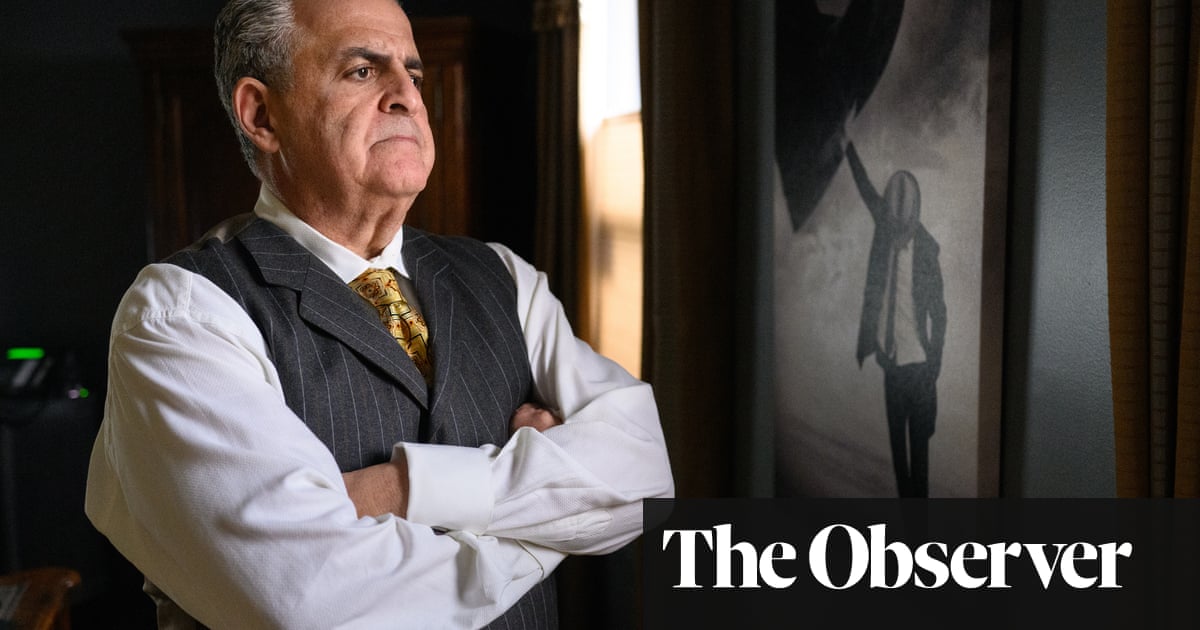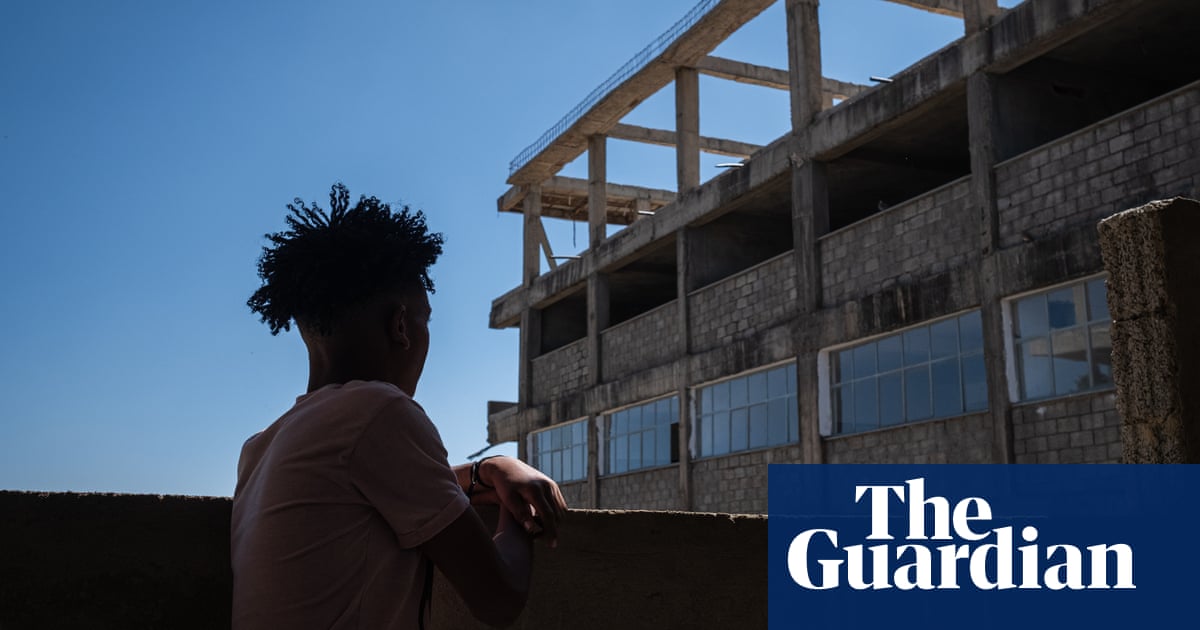Scientists have produced kangaroo embryos through in vitro fertilisation for the first time, in a development they say could help conservation of endangered animals.
Australian researchers at the University of Queensland made the eastern grey kangaroo embryos using intracytoplasmic sperm injection (ICSI), a technique widely used in human IVF, in which a sperm is injected into a mature egg.
Dr Andres Gambini, who led the research, said the technology could be used to preserve genetic diversity in marsupials at risk of extinction, like koalas, Tasmanian devils and northern hairy-nosed wombats.
The team had produced more than 20 embryos using ICSI to date, he said, collecting sperm and egg cells from kangaroos that had recently died at wildlife hospitals.
Gambini said eastern greys were a good species to trial IVF in because of the wide availability of genetic material: their population is high, with overabundance in some areas.
ICSI doesn’t require abundant live sperm cells, which is the case for other breeding conservation approaches such as artificial insemination – in some species, such as koalas, sperm does not function as well after freezing. “We don’t need millions of sperm alive, we just need a few of them,” Gambini said.
He added there were no plans to produce live joeys from the IVF embryos, given the species’ abundance. “Our next step is to start getting better at the technology, understanding more of the reproductive physiology … so we can move towards applying the same technology to other marsupials,” he said.
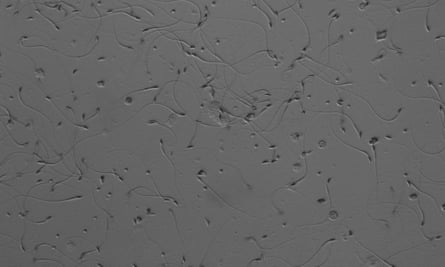
The genetics from animals that have died from predation, disease or car collisions could be stored as frozen embryos, the team hopes, giving conservationists opportunities to introduce genetic diversity into ecosystems.
“We need genetic variability in a population to guarantee that population to survive over time and to be able to adapt to the environment,” Gambini said.
He said IVF would not be a silver bullet for protecting endangered species against extinction, but “just one more tool in our conservation toolkit”, alongside strategies like population monitoring, breeding management and habitat protection.
after newsletter promotion

Australia has been described as the “world leader of mammal species extinctions”, with 38 species lost since colonisation.
The marsupial reproduction expert John Rodger, an emeritus professor at the University of Newcastle, who was not involved in the study, said the researchers “for the first time, with a marsupial, have demonstrated what looks to be really promising progress” in IVF.
“We worked very hard for 20, nearly 30, years to do IVF in any Australian marsupial without real success,” Rodger said. IVF was attempted in the early 2000s in Tammar wallabies.

Rodger said no national facility existed for biobanking genetic samples from Australian marsupials. “In a way that’s quite absurd because we have a national facility for preserving plant diversity,” he said. “We have huge facilities for storing laboratory animals’ sperm and embryos, particularly of mice.”
Rodger has called for biobanking “a wider range of tissues” to preserve genetic diversity for conservation.
The research was presented at an International Embryo Technology Society conference last month, with a summary published in the journal Reproduction, Fertility and Development.

 3 months ago
44
3 months ago
44
